Geek’s Alert! This nerdy post comes from my own observation of civil engineering practices in Hong Kong during my visit to this metropolitan city in May 2016.
I wouldn’t lie that I’m ecstatic to observe and write about interesting practices in HK. In case you wonder, I am a civil engineer, graduated and worked in Singapore.
My fascination to the industry is mainly directed towards the construction methods and infrastructures. In the last job I held, my projects were mostly infrastructure ones, especially roads and drains.
So I used to pay much attention to road and drain elements, as well as construction methods to minimize obstructions to the public.
For each items below, I will compare HK & SG practices. Are you ready? Here we go!
1. Bamboo Scaffolding
This is one of the most interesting practices for me. HK is still using the traditional bamboo scaffolding for almost everywhere!
In SG, in my previous job, we used metal scaffolding; the hollow GI pipes usually comes in 6 meters and later cut to the required sizes; the horizontal members are joint to vertical members using bracket clips; vertical members are joint to another vertical members with metal connectors; the vertical members are welded to a base plate, which is later drilled with anchor bolts to concrete ground.
In HK, the knots to join any vertical or horizontal bamboo poles are done with nylon strips. For the base connection to concrete/brick ground, the bamboo poles are simply cut into sharp ends and rest on the floor.
I was kind of worried to walk under the scaffolding, but everyone seemed so carefree about it.
My further research reveals to me that bamboo erectors in HK have to undergo training to obtain a license before they can start any bamboo erecting jobs, and that bamboo scaffolding must be designed by an engineer registered as member of Hong Kong Institution of Engineer .
I also found a guideline on the design and construction of bamboo scaffolding released by HK Building Department, which elaborates about material specifications, erection and dismantling methods, requirement of steel bracket as tie back to structural elements, and design criteria.
The bamboo erector may look like a dangerous job, but it is an art that can be learned, and the erectors are very proud of their crafts. This practice is on decline nowadays mainly due to reluctance from young people who perceive bamboo scaffolder as a dangerous job, and also due to shortage of materials.
I really hope this practice will continue for a long time. Seriously, how can you not look in awe, those stunning scaffolding?
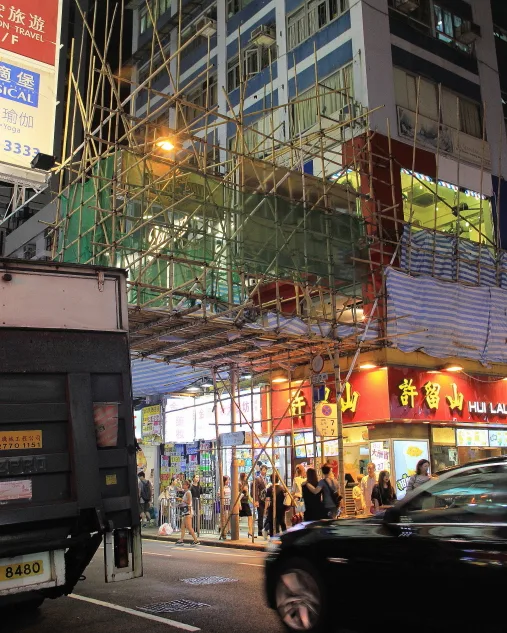
Very long cantilever bamboo scaffolding at Tsim Sha Tsui
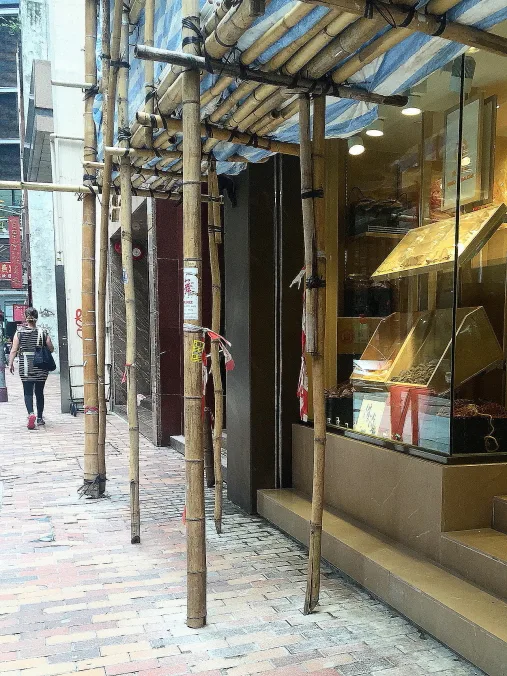
Bamboo scaffolding 1
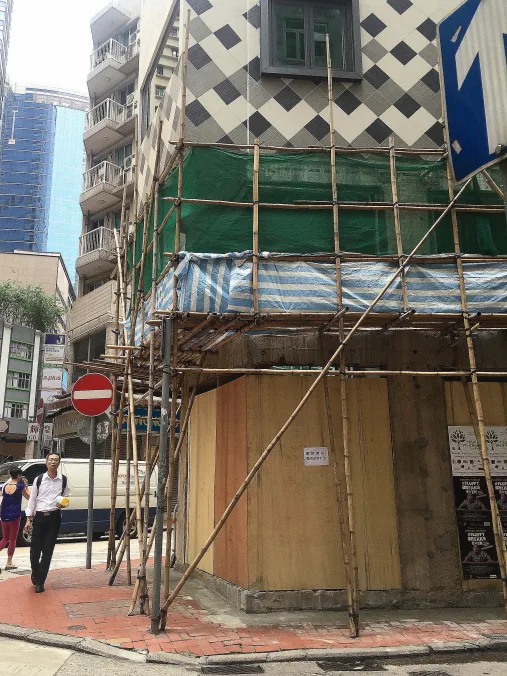
Bamboo scaffolding 2
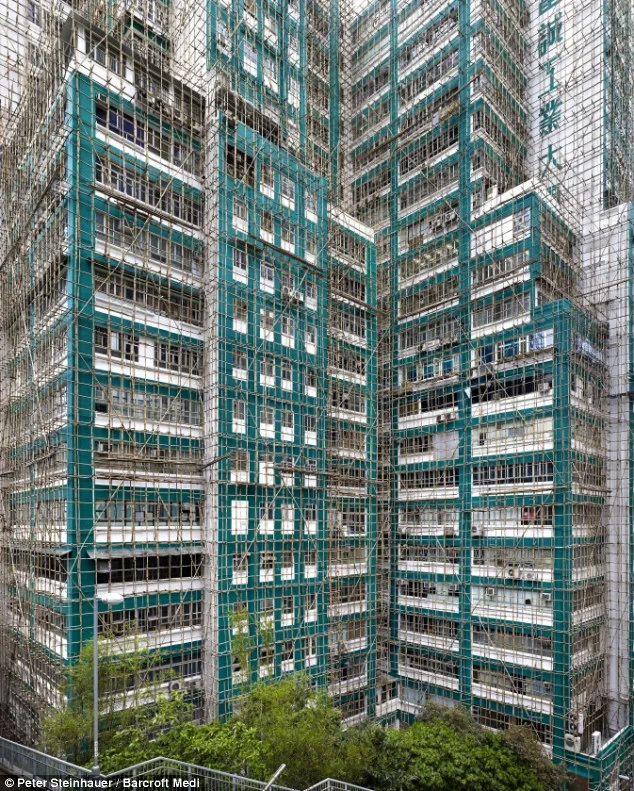
Bamboo scaffolding for high rise construction (source: Dailymail)
2. Slope Registration
In university, I studied about earth retaining structure design and slope stability improvement works; they taught me the importance of slope design and the maintenance. Slope failures are catastrophic especially in dense cities.
In HK, I noticed so many slope registration plates, especially on my Peak Circle Walk at Victoria Peak. In SG, there was no such practices. Curious with this, I did my research and found out a few information.
All the man-made slope retaining structures are registered with Geotechnical Engineering Office, Civil Engineering and Development Department. The govt develops an online system called Slope Information System (SIS) that stores information on all of these slopes, to benefit the public.
The system can be accessed by anyone for free. However, the system is not capable to declare whether the slopes are in safe condition, because it requires inspection by a professional engineer.
It looks like all govt slopes are maintained by HK govt, meanwhile the private slopes’ maintenance is the responsibility of its respective owners. Private owners may obtain necessary information or guidebooks on slope maintenance issues from www.cedd.gov.hk.
This is definitely a very beneficial practice which is essential for places with high number of retaining wall structures near dense area.
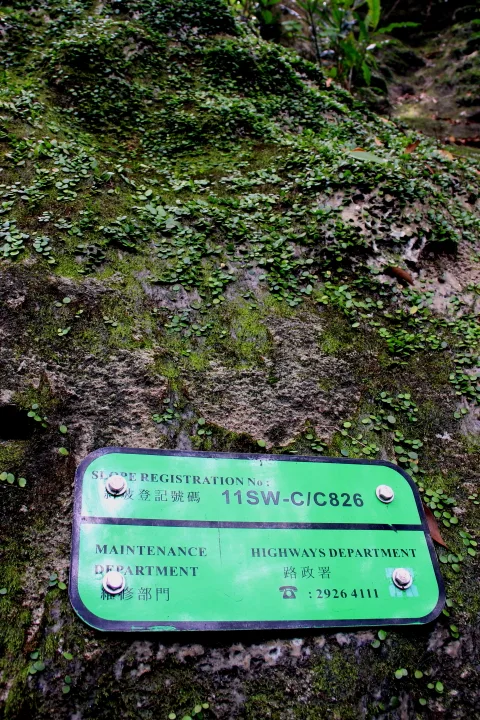
Slope registration plate
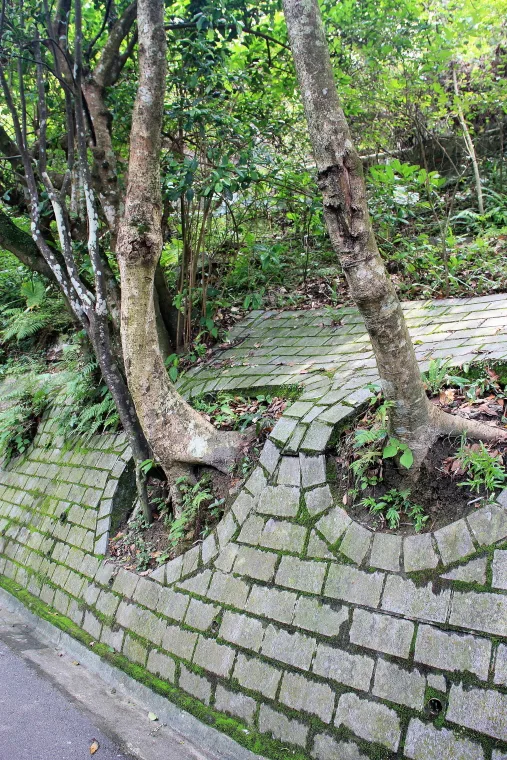
Slope protection with slots for trees
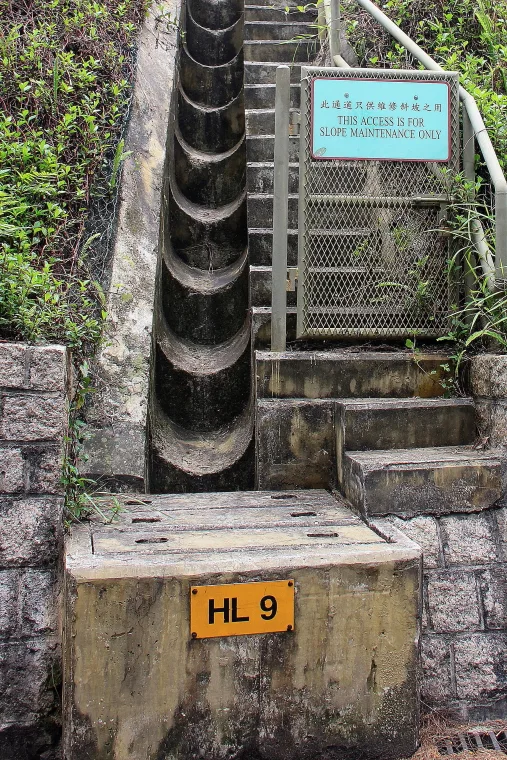
Slope maintenance access
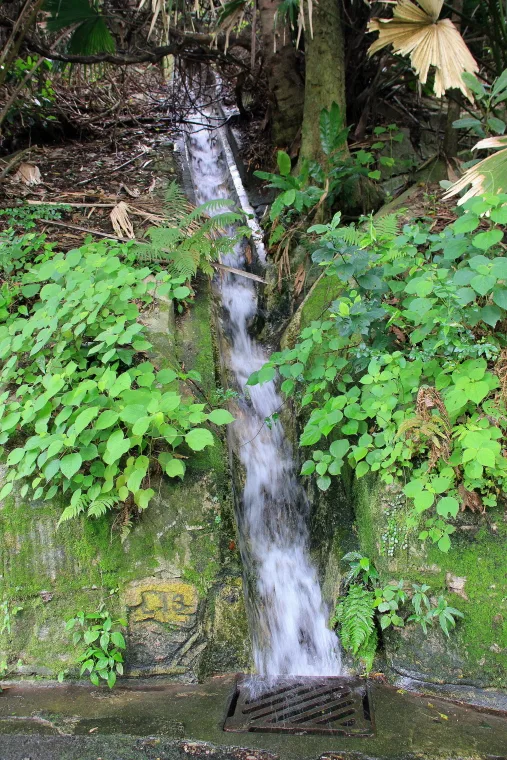
Drainage to discharge water on the slopes
3. Manholes
Before I worked in infrastructure projects, I often ask people, what is a manhole? Now that I have some experience, I will try to explain here in the simplest form.
First, imagine a bundle of telecom/electricity cables running underground, perhaps 1m below ground. Now, imagine 1 of the cables is damaged, so you want to lay 1 new cable just beside existing cables, do you want to dig open the entire stretch of the cable route in order to find the location of the previous bundle of cables? It’s too tedious.
So, imagine if at every 50m of the cable, there is a hole for you to go down 1m below ground, which allow you to see and hold the cable, wouldn’t it be more convenient? So that’s the purpose of a manhole 🙂
The same principal applies to sewer manhole. Typically sewer lines (or wastewater line), run underground, some could be up to 10m below ground. So manholes are provided at certain intervals and at every turning points.
In the case that certain segment of sewer line is choked, maintenance guys can easily go down the manhole and detect which line is choked by checking which manhole is flooded and which direction the sewer water is flowing to.
In SG, I witnessed the challenge of utility providers to find corridor to run their services (be it cables, sewers, drains or gas), heck I even had the task to find a corridor for them. It stems from requirements that the services should not run on top of each other, they may cross each other but should not entirely sit on top of other services.
In HK, I noticed there are sooo many manholes on pedestrian path and road itself. I really wonder how messy the underground services are, and how difficult it is to lay new services within the limited available space, considering that the density of HK’s underground pipelines is 3.5 times that of Singapore.
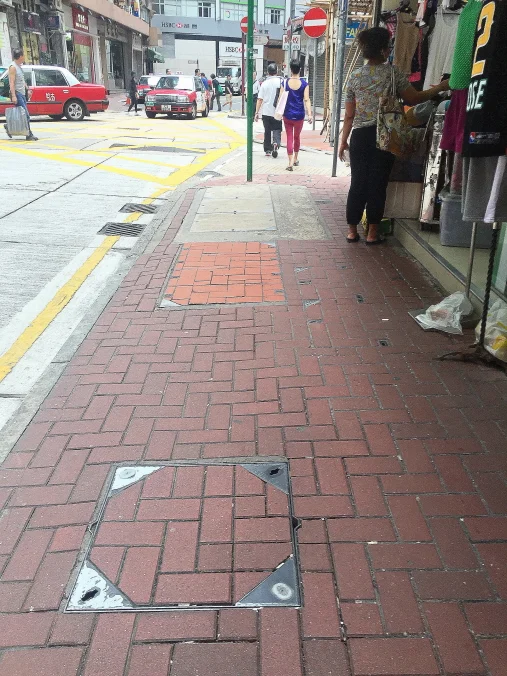
Manhole on pedestrian walkway (1)
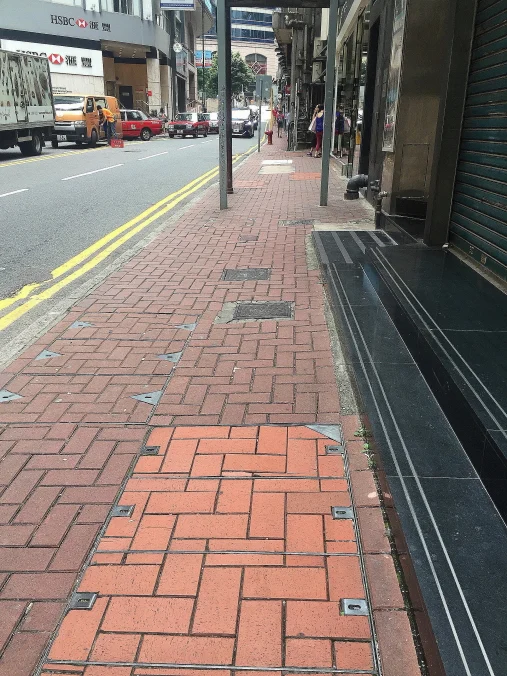
Manhole on pedestrian walkway (2)
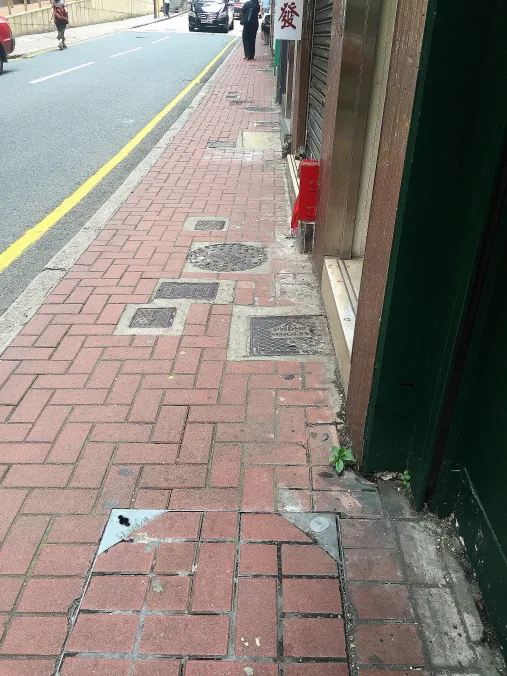
Manhole on pedestrian walkway (3)
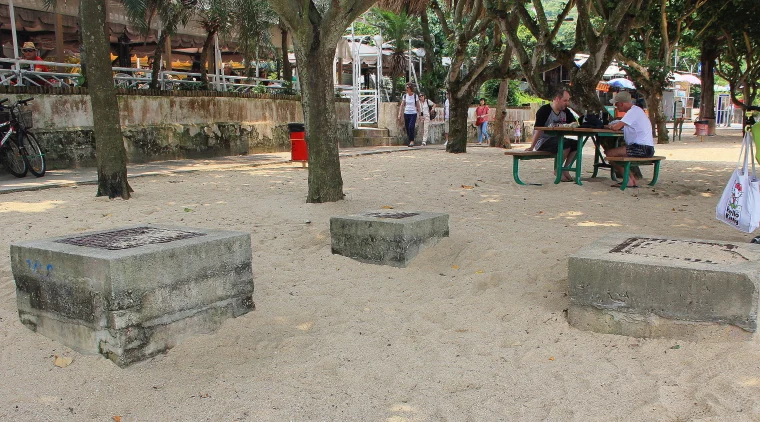
Well… some manholes are needed at beach!
4. Pedestrian crossing
In SG, pedestrian crossing location without traffic light is marked with zebra stripes. This gives pedestrian the right of use, so vehicle drivers must give way to pedestrian.
In HK, in addition to zebra crossing, there is also a pedestrian crossing location marked with “Look Left, Look Right” Thus, at this location, I believe vehicle drivers have the right of use, and pedestrian should give way to vehicles. I find this an interesting practice.
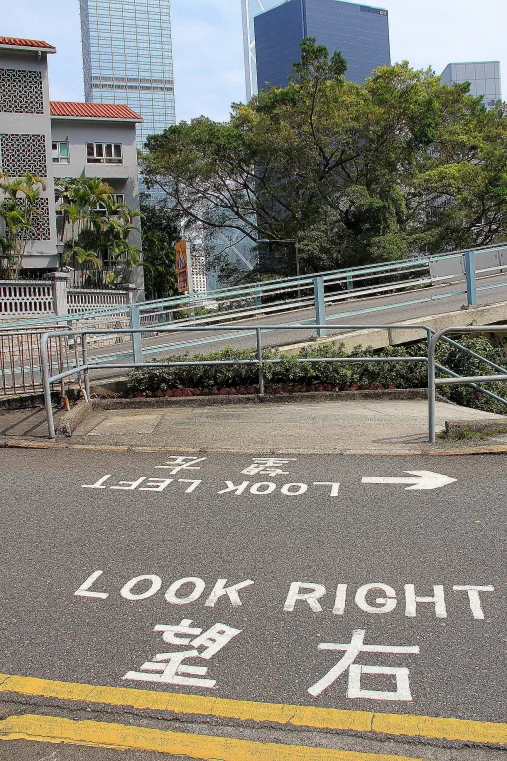
Look right and look left!
By the way, do you know there is a code for pedestrian road usage in HK?
5. MTR
Well this point is less about construction method, but more about application of transport engineering or transport management, I guess.
a. Staircase
I’m quite surprised that not all MTR exits provide escalators, some are only equipped with high staircases. In SG, a lazy person like me is happier because escalators are available at almost every exits, especially upwards riding direction.
b. Queue in front of train
Train passengers in SG queue on both sides of the doors, the path in front of the door is reserved for passengers coming out from the train. In HK however, the path for outgoing passengers is narrower than incoming passengers.
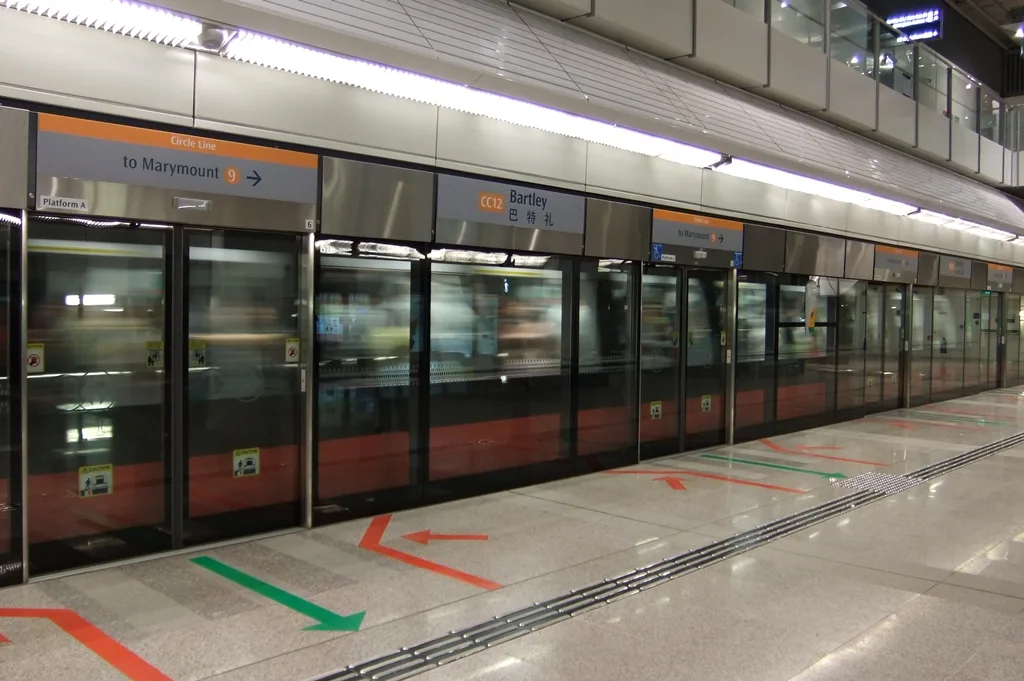
MRT platform in Singapore
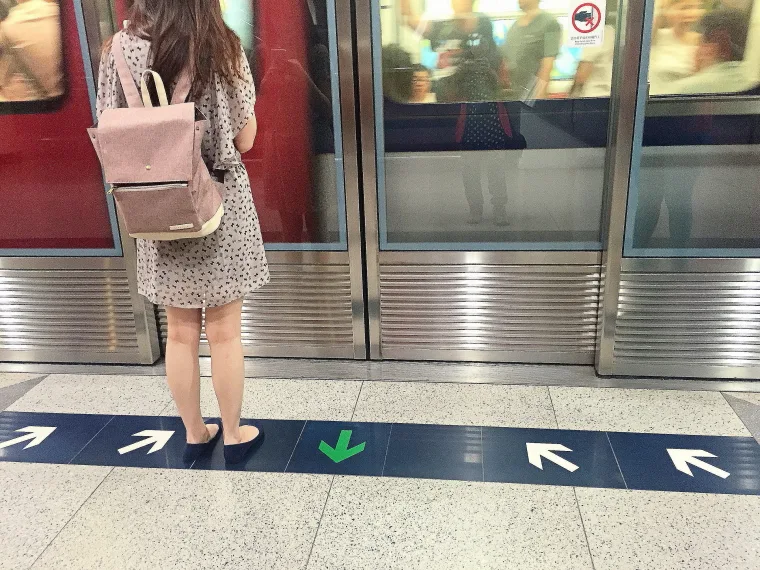
MTR platform in Hong Kong
If you arrive at the end of this post, congratulation for being so patient and curious! If you observe other interesting civil engineering practices in HK, share with me!
This is Part 10 of 10 in my “Hong Kong Trip in 2016” series. Read other parts of this series:
- Part 1: 6 Days Hong Kong Trip Overview (10-15 May 2016) – Itinerary & Cost
- Part 2: 7 Essential Guides to Arriving in Hong Kong International Airport
- Part 3: Hong Kong: Airport to Hotel, Check in Best Western Harbour View Hotel, Dinner McDonald’s
- Part 4: Hong Kong: Lantau Island The Big Buddha, Po Lin Monastery, Wisdom Path; Tai O, Symphony of Lights
- Part 5: Hong Kong: Lamma Island, Flower Market, Yuen Po Street Bird Garden, Ladies’ Market, Temple Street Night Market
- Part 6: Hong Kong: The Peak by Bus, Peak Circle Walk, Bubba Gump, Dorsett Tsuen Wan
- Part 7: Hong Kong: Kadoorie Farm, McDonald’s Next, Food Hunting, Garden of Stars
- Part 8: Hong Kong: Garden of Stars Instead of Avenue of Stars, Australia Dairy Co, Departure from Hong Kong International Airport
- Part 9: 5 Easily Accessible Michelin Street Foods To Try in Hong Kong
- Part 10: Geek’s Alert – Civil Engineering Practices in Hong Kong
To see all articles I’ve written about this country, visit my Hong Kong page.
If you like my work, you can buy me a coffee! Your support will help me to keep going!

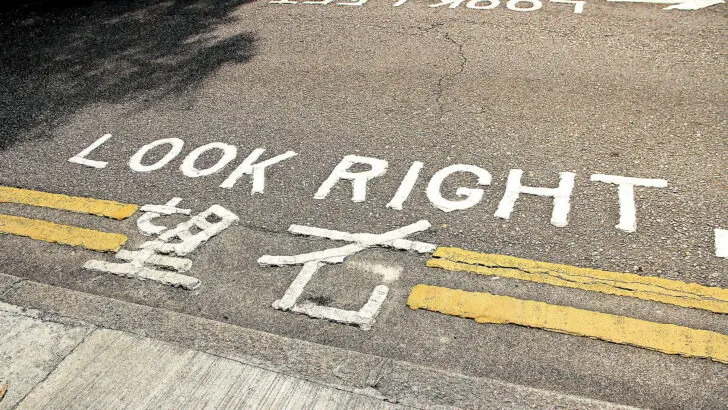
Peter Chan
Sunday 28th of April 2019
Very interesting subject. When I walk the streets of HK I am amazed that anything cna be carved out of rocky terrains. Vidaducts, flyovers......good work.
Eva
Monday 29th of April 2019
It is indeed an interesting subject. Glad you find it useful!